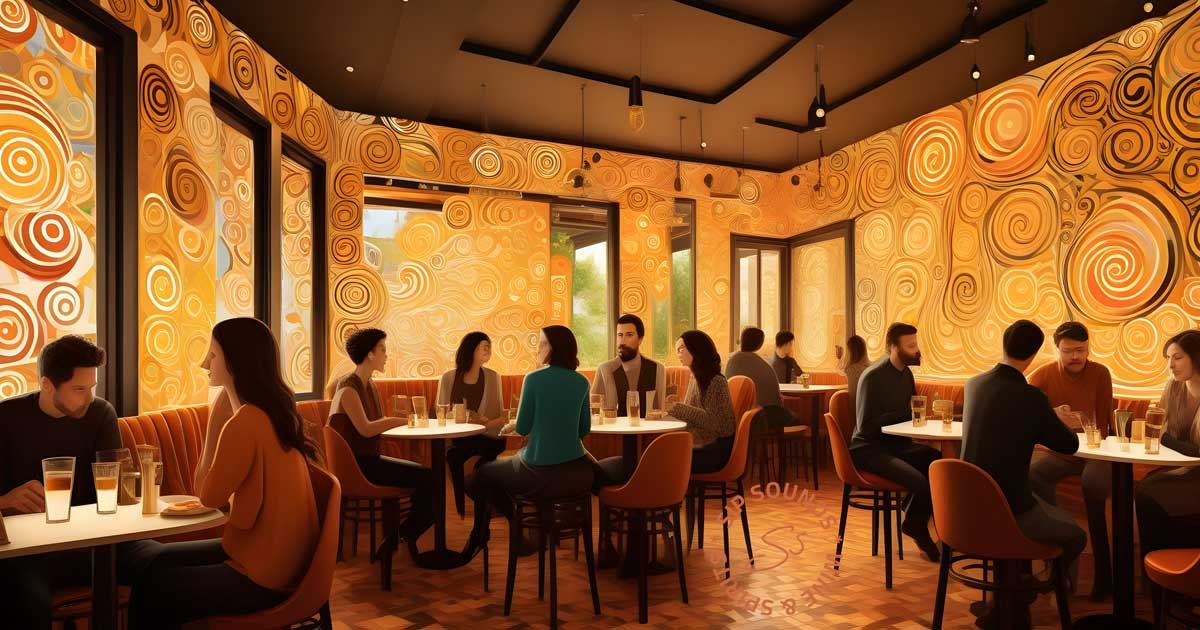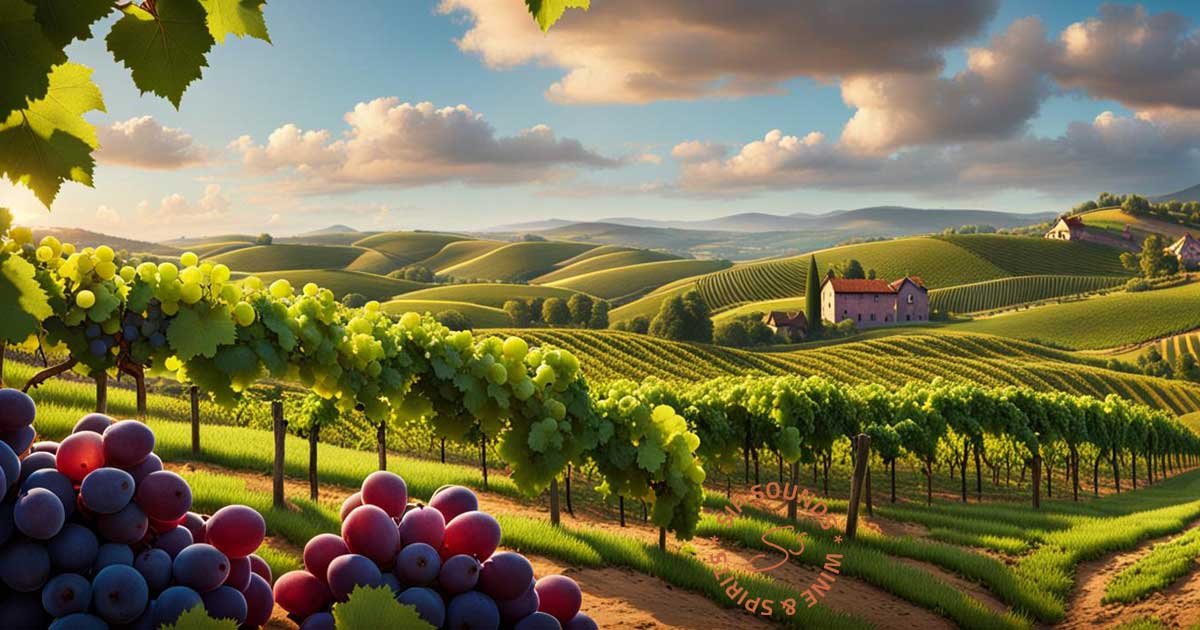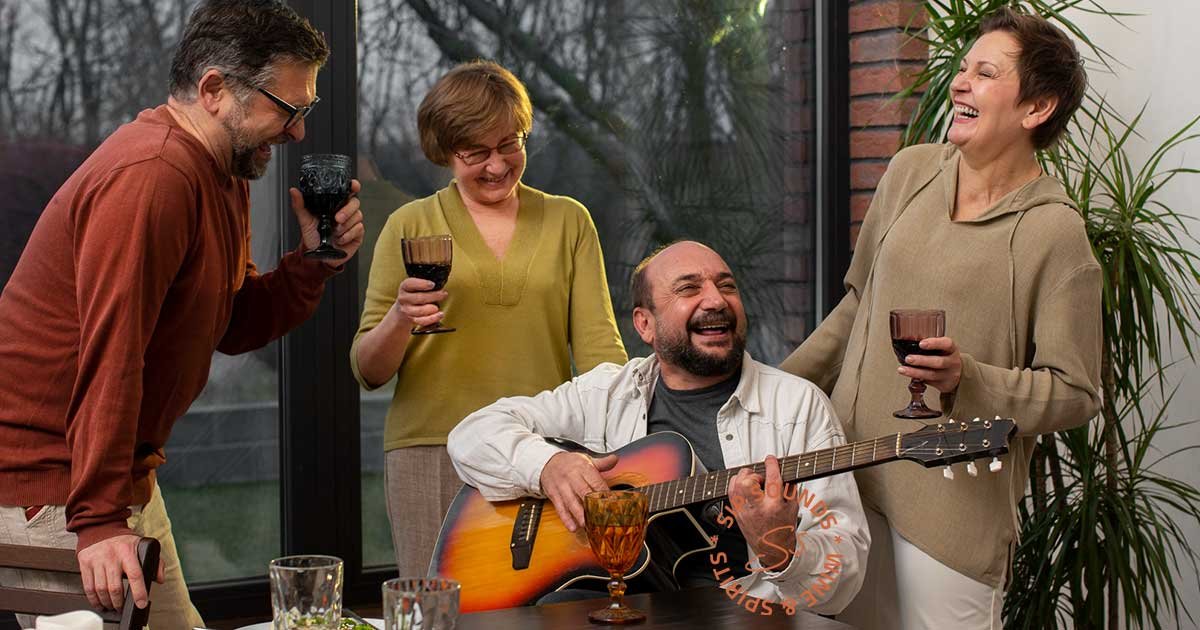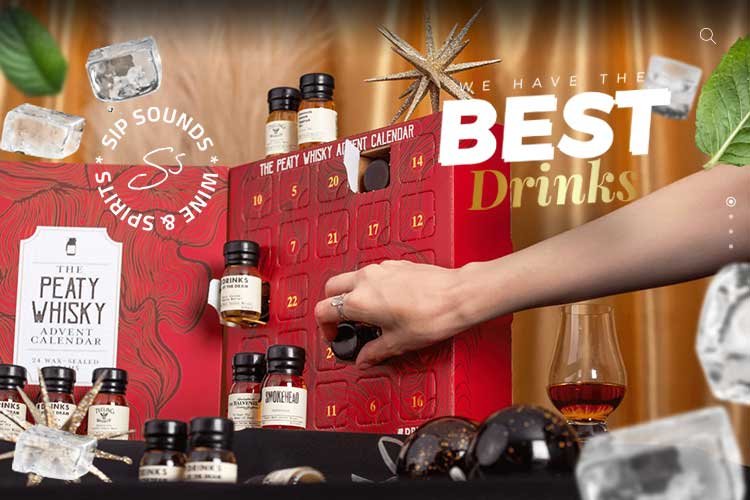Introduction:
Alcohol consumption has long been a part of human history, evolving with societies and cultures over time. In recent years, however, the patterns of alcohol consumption have undergone significant changes. Understanding these shifting trends is crucial for policymakers, health professionals, and individuals alike. In this article, we explore the historical perspectives, current landscape, and factors shaping the changing patterns of alcohol consumption.
Table of Contents
I. Historical Perspectives on Alcohol Consumption
A. The Early Stages
Alcohol consumption dates back thousands of years, with evidence of early fermented beverages appearing in ancient civilizations. The origins of alcohol can be traced back to regions like Mesopotamia, China, and Egypt, where it played a significant role in social and religious ceremonies. The discovery of alcohol allowed communities to store surplus crops and fostered trade and cultural exchanges.

B. Traditional Drinking Habits
Throughout history, cultural practices surrounding alcohol consumption shaped the way societies approached drinking. In various regions, alcohol consumption became tied to rituals, celebrations, and social bonding. Traditional practices like toasting, sharing sake cups, or raising a glass during special occasions are still prevalent today. However, cultural variations exist, with some cultures placing a greater emphasis on moderation and others embracing more liberal attitudes towards drinking.
C. Alcohol and Public Health
As alcohol consumption increased over time, so did the recognition of its potential health risks. Historically, excessive drinking was associated with detrimental health effects and societal consequences. Alcohol-related diseases, such as liver cirrhosis and alcohol use disorders, have plagued communities for centuries. Governments and organizations have implemented policy interventions and regulations to address these issues, ranging from alcohol taxation to public education campaigns.
II. The Current Landscape of Alcohol Consumption
A. Global Trends and Statistics
Examining the global landscape of alcohol consumption reveals interesting patterns. While alcohol consumption per capita varies across countries, certain trends have emerged. Developed countries tend to have higher levels of alcohol consumption, while developing nations often experience a shift towards increased consumption as their economies grow. Gender disparities also exist, with men typically consuming more alcohol than women. Additionally, regional and cultural factors significantly influence consumption patterns.

B. Changing Behaviors and Emerging Patterns
In recent years, changing behaviors and emerging patterns in alcohol consumption have become more evident. An increasing number of individuals are shifting their preferences towards alternative beverages such as craft beer, wine, and spirits. Non-alcoholic options like mocktails and low-alcohol beverages have gained popularity, driven by the rise of the sober curious and mindful drinking movements. Social media and marketing play a pivotal role in shaping these trends, as influencers and brands highlight the benefits of moderation and alternative options.
C. Social and Cultural Influences
Drinking habits are also influenced by social and cultural factors. Different generations exhibit varied drinking patterns, with millennials and Generation Z showing a greater inclination towards moderation and a focus on health. Peer pressure and social norms also play a role, shaping individuals’ decisions on whether to drink or abstain. Moreover, globalization has led to the spread of drinking cultures, with influences from one region influencing consumption patterns worldwide.
III. Factors Shaping Changing Patterns of Alcohol Consumption
A. Health and Wellness Culture
In recent years, there has been a growing focus on personal well-being, and this has impacted alcohol consumption patterns. Individuals are increasingly aware of the link between alcohol and physical and mental health. Influencers and health-conscious individuals are advocating for mindful drinking and moderation, leading many to reevaluate their relationship with alcohol. The rise of non-alcoholic alternatives further supports this trend, offering healthier options without compromising on taste.

B. Economic Factors
Economics play a significant role in shaping alcohol consumption patterns. Income levels, affordability of alcohol, and economic crises all impact consumption rates. Individuals with higher incomes may have more disposable income to spend on alcohol, while lower-income individuals may face financial constraints. Economic crises, such as recessions, can also impact consumption as individuals tighten their budgets. Understanding the economic factors at play is crucial for predicting shifts in alcohol consumption.
C. Policy and Regulatory Measures
Governments and regulatory bodies have a vital role in shaping alcohol consumption patterns. Interventions range from setting legal drinking ages to implementing taxation and pricing strategies. These measures aim to discourage excessive drinking and promote responsible consumption. Effective policies consider cultural and regional variations while balancing health and economic considerations. Ongoing evaluation and adaptation of policies ensure their effectiveness in changing patterns of alcohol consumption.
IV. Implications and Future Possibilities
A. Health and Societal Consequences
The changing patterns of alcohol consumption have implications for both individual health and societal well-being. Excessive alcohol consumption can lead to various health issues, including liver disease, cardiovascular problems, and mental health disorders. Additionally, the societal burden of alcohol-related accidents, violence, and social disruptions can be significant. Strategies such as educational campaigns, support services, and access to treatment are crucial in mitigating potential adverse effects.
B. Market Opportunities and Industry Response
As consumer preferences change, the alcohol industry has been forced to adapt. Market shifts include the rise of non-alcoholic beverage alternatives, increased demand for craft and artisanal products, and the emergence of low-alcohol options. To meet these demands, the industry has innovated by developing new products, engaging in creative marketing campaigns, and diversifying offerings. Non-alcoholic beer, zero-proof distilled spirits, and alcohol-free wine are just a few examples of the expanding alternatives available.
C. Cultural and Social Changes
Changing patterns of alcohol consumption are indicative of broader societal and cultural changes. Attitudes towards drinking are shifting, with a greater emphasis on moderation, health, and well-being. Education and awareness campaigns play a crucial role in shaping cultural norms and challenging traditional beliefs. Looking ahead, predictions point to a continued movement towards mindful drinking, reduced stigma around non-alcoholic options, and a shift in societal attitudes towards alcohol consumption.
Conclusion:
In understanding the changing patterns of alcohol consumption, it is clear that various historical, social, economic, and cultural factors have influenced and continue to shape these trends. As health awareness grows, societies adapt to new behaviors, and policies evolve, the landscape of alcohol consumption will continue to transform. By staying informed and embracing moderation, individuals and societies can navigate this evolving landscape responsibly.
FAQs:
- How does cultural background influence alcohol consumption patterns?
Cultural background has a profound influence on alcohol consumption patterns. Cultural practices, rituals, and social norms surrounding alcohol within a specific society or community shape individuals’ attitudes and behaviors towards drinking. For example, some cultures may have a long-standing tradition of moderate alcohol consumption, while others may have more liberal attitudes towards drinking. These cultural variations contribute to the diverse patterns of alcohol consumption observed worldwide.
- What are the potential health risks associated with excessive alcohol consumption?
Excessive alcohol consumption can have severe health consequences. Alcohol abuse and dependency can lead to liver damage, cardiovascular problems, neurological disorders, and mental health issues. Chronic heavy drinking increases the risk of developing alcohol-related diseases such as liver cirrhosis, pancreatitis, and certain types of cancer. Additionally, it can contribute to accidents, injuries, and violence, both for the individual and within the broader community.
- What role do social media influencers play in shaping patterns of alcohol consumption?
Social media influencers have become powerful agents of change in various industries, including alcohol consumption. They shape patterns of alcohol consumption by promoting certain drinking behaviors, endorsing specific brands or products, and sharing personal experiences or opinions related to alcohol. This influence can be seen in the rise of the sober curious and mindful drinking movements, driven by influencers advocating for moderation and alternative beverage choices.
- How can governments effectively regulate alcohol consumption?
Governments employ various strategies to regulate alcohol consumption effectively. These include setting legal drinking ages, implementing taxation and pricing strategies, enforcing alcohol-related laws, and supporting public education campaigns. Additionally, governments collaborate with healthcare providers, addiction specialists, and other stakeholders to develop policies that balance public health and economic considerations while considering cultural and regional factors.
- What are some current trends in non-alcoholic beverage alternatives?
Non-alcoholic beverage alternatives have seen a surge in popularity as individuals seek healthier choices and mindful drinking options. Crafted to mimic the flavors and experience of traditional alcoholic beverages, non-alcoholic beer, zero-proof distilled spirits, and alcohol-free wine have gained traction. In addition to these alternatives, mocktails, botanical-infused beverages, and alcohol-free spirits made from ingredients like fruits, herbs, and spices are trending as consumers explore new flavors while maintaining a sober lifestyle.












I found this article to be very useful to me, thanks for sharing it. There is an interesting article on sipsounds that I would like to recommend to everyone.